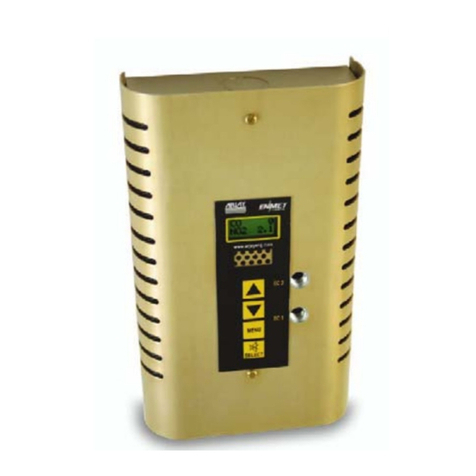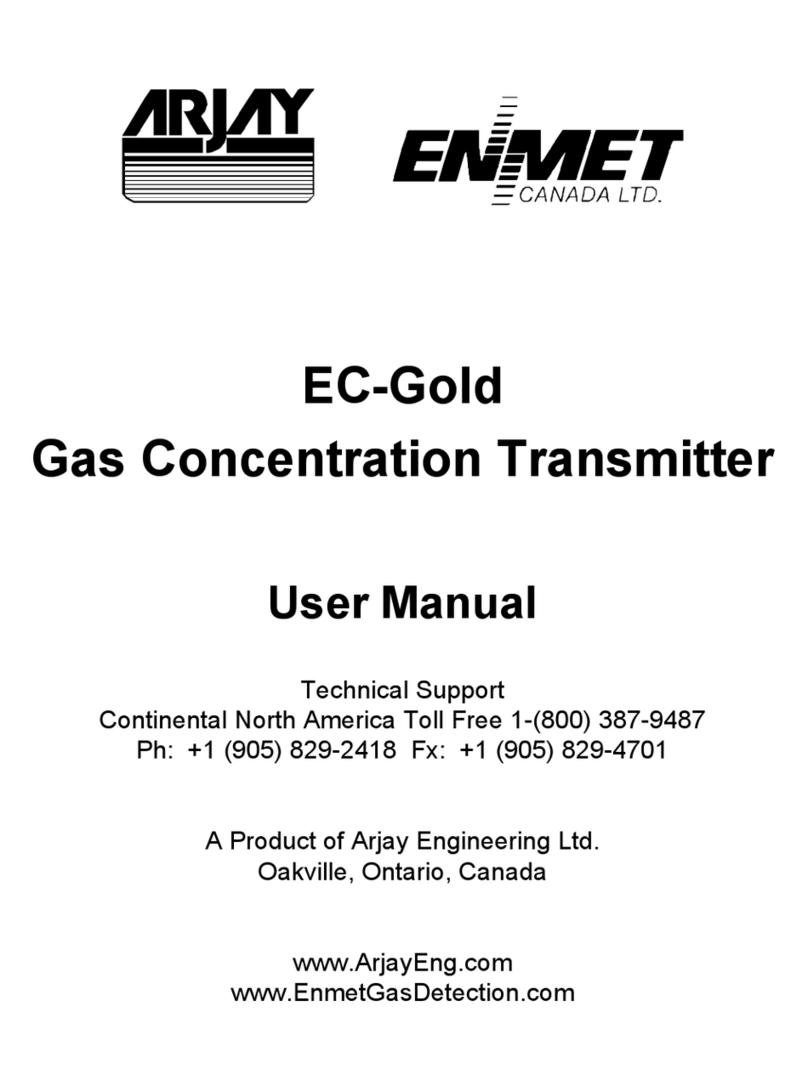
2880-FCM, 2881-FCM, 2882-FCM Revision 1.0 P a g e 3 | 27
TABLE OF CONTENT
NOTICE Please read the Installation Notes (4.0) prior to locating and mounting
the instrument.
1.0 SPECIFICATION .................................................................................................... 4
2.0 USE HAZARD INFORMATION ............................................................................... 7
3.0 INSTRUMENT OVERVIEW..................................................................................... 8
3.1 Features ............................................................................................................................ 9
3.2 Model Number Table ......................................................................................................... 9
4.0 INSTALLATION .................................................................................................... 10
4.1 Probe Mounted Controller Installation .............................................................................. 10
4.2 Probe Installation ............................................................................................................. 11
5.0 CONTROLLER OVERVIEW ................................................................................. 13
5.1 Input / Output Terminal Specification ............................................................................... 14
5.2 Permanent Power Connection (AC Powered Models Only) .............................................. 15
5.3 Glossary Of Symbols ....................................................................................................... 15
6.0 STARTUP AND CALIBRATION ........................................................................... 16
6.1 Startup ............................................................................................................................. 16
6.2 Menu Flow Chart Back Chart Background Information ..................................................... 16
6.2.1 Menu Short Form ............................................................................................................. 16
6.2.2 Menu Description ............................................................................................................. 17
6.2.3 Data Entry ........................................................................................................................ 17
6.3 288X Controller Setup ...................................................................................................... 17
6.3.1 Setup And Network .......................................................................................................... 17
6.3.2 Relay Setup Menu ........................................................................................................... 18
6.4 288X Controller Calibration .............................................................................................. 20
6.4.1 Auto Calibration ............................................................................................................... 20
6.4.2 Manual Calibration ........................................................................................................... 20
7.0 CONTROLLER NETWORK .................................................................................. 21
7.1 MODBUS Configuration ................................................................................................... 21
7.2 2800 Series MODBUS Register Mapping ........................................................................ 22
8.0 MAINTENANCE .................................................................................................... 23
9.0 TROUBLESHOOTING .......................................................................................... 24
10.0 FLOW CHARTS .................................................................................................... 25
TABLE OF FIGURES
FIGURE 1 – TYPICAL INSTALLATION .............................................................................. 8
FIGURE 2 – PROBE INSTALLATION ............................................................................... 12
FIGURE 3 – CONTROLLER OVERVIEW .......................................................................... 13





























